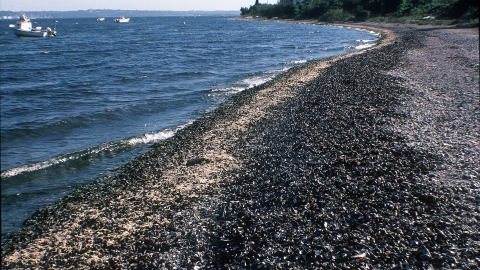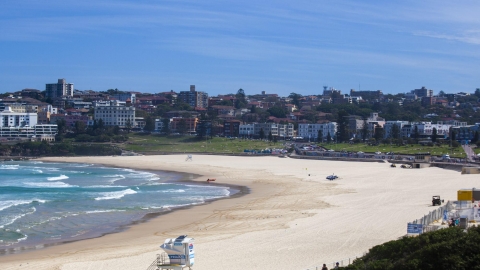The beaches of Palawan, Philippines, once a popular tourist destination, are now deserted more than ever since the Covid-19 pandemic broke out. This has allowed the natural world here to flourish, notably the appearance of thousands of extremely rare pink jellyfish.

On April 1, locals at Corong Corong beach were stunned to see the beach covered with pink jellyfish. Many people shared their self-recorded clips to capture this spectacular scene. The footage was recorded at several beaches in the Palawan archipelago, giving viewers impressive moments of the rare pink jellyfish.
Before the pandemic, Corong Corong beach was bustling with large and small boats carrying tourists to explore. Tourists often came here to dive, kayak or jostle on the sand. Therefore, Dr. Ryan Baringh, a biologist here, guessed that the pink jellyfish may have lain deep under the sea to "avoid" tourists. "Now that the beach is empty, they no longer feel threatened and can swim freely," Dr. Ryan said.
Experts have theorized that jellyfish play a key role in climate change. They thrive in low-oxygen waters where overfishing reduces the number of animals competing for food. Climate change may also cause jellyfish populations to soar, allowing jellyfish embryos and larvae to develop more quickly.
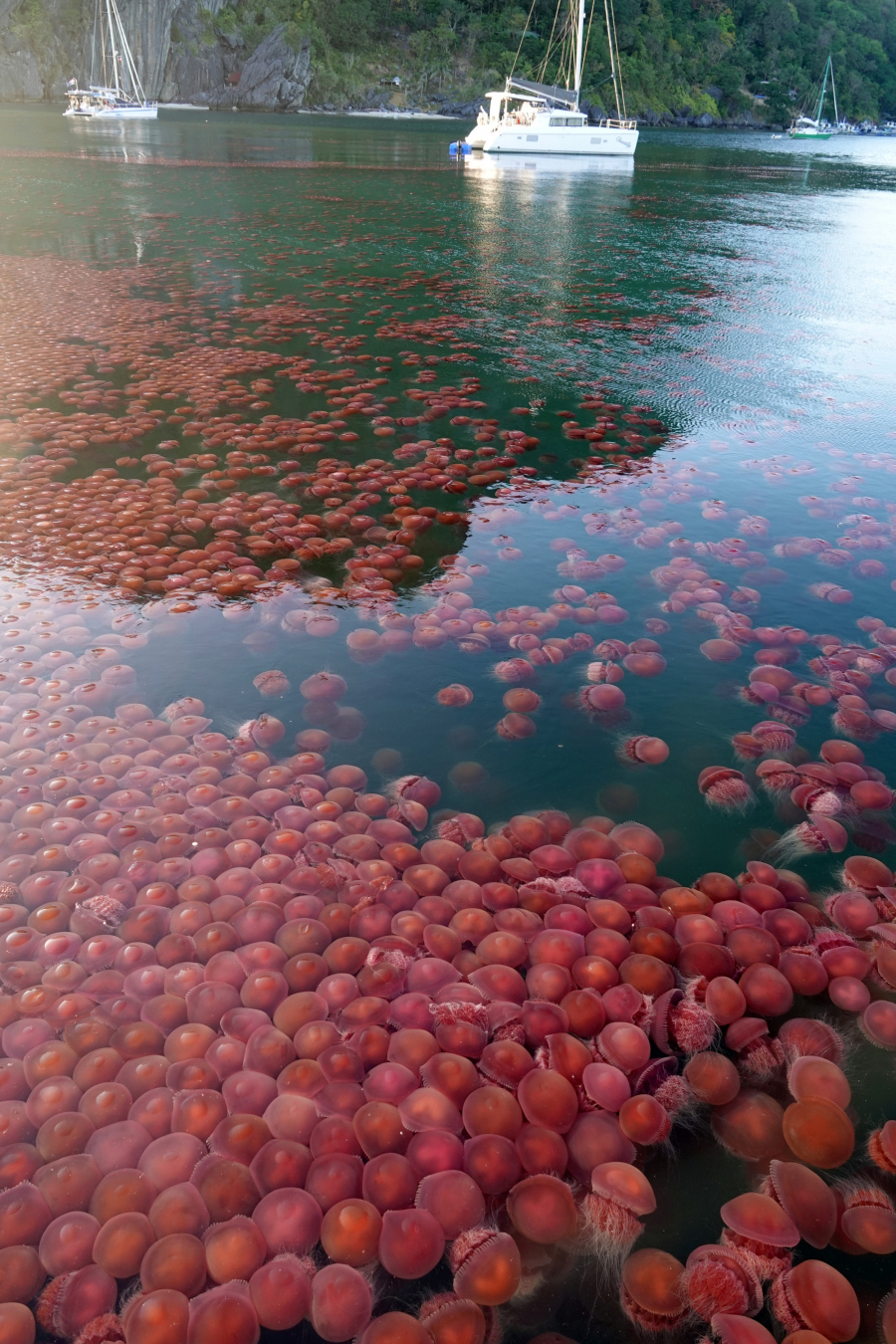
Known as the “tomato of the sea,” the pink jellyfish (Pelagia noctiluca) is found in the warm waters of the Pacific and Indian Oceans. Its body is covered with painful stinging cells, but it is not dangerous. It feeds on mollusks, mollusk larvae, and fish eggs.
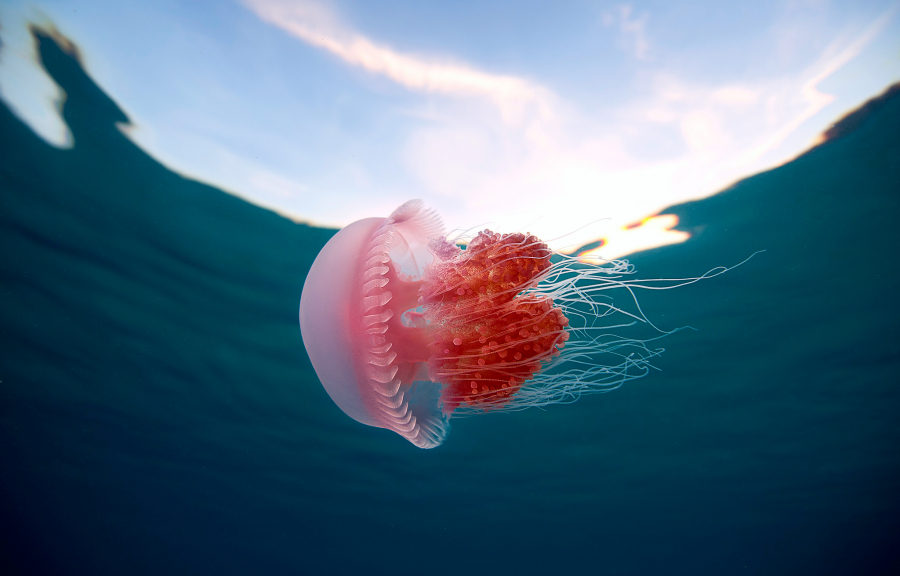
Boco, a PhD student in marine biology at Griffith University in Australia, stressed that more research is needed to understand the phenomenon. "These jellyfish can arrive as early as late January or February, but due to wind, current and tidal conditions, they seem to only appear in Palawan in March. The atmosphere, the speed of the current, and even the geology of the bay can all affect the existence of jellyfish. There are years when the jellyfish are abundant, but there are also years when they swim very little or almost absent," Boco shared.
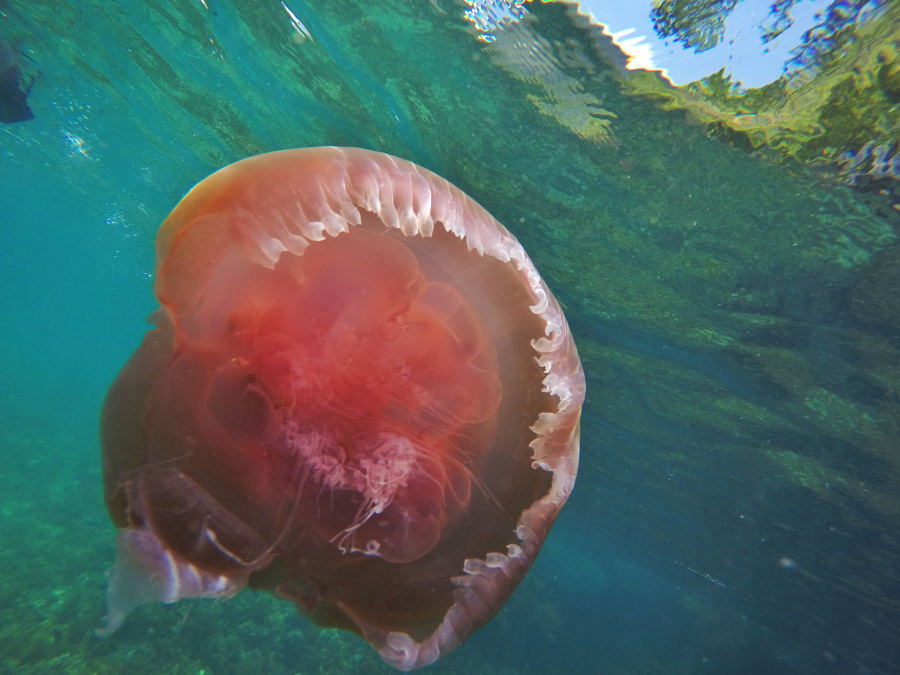
According to Benny Antiporda, an official at the Philippine Environment and Natural Resources Authority, the tides may also be responsible for pushing the jellyfish closer to shore, and the lockdown prevents residents from hunting them, allowing them to freely surface without being in danger.

























